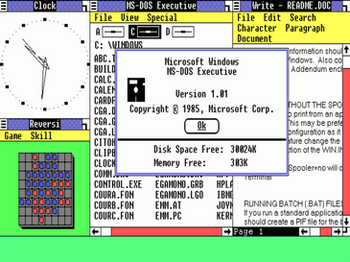 Image via Wikipedia
Image via WikipediaIn 1882, the Edison Electric Illuminating Company began supplying direct-current electrical power to 59 customers in lower Manhattan, NY -- all of them within a square mile of inventor Thomas Edison's generator plant. This was the glaring drawback of Edison's proprietary DC system: it could not efficiently transmit bulk power over distances of more than a mile. While the "
Wizard of Menlo Park" used his considerable fame, money and influence to promote adoption of his DC technology -- and the associated patent royalties Edison enjoyed -- it was a vain effort.
Nikola Tesla's alternating current technology could transmit power efficiently over great distances, eliminating the need for a power station every mile or so down the road. The 1895 debut of Tesla's
George Westinghouse-financed Niagara Falls alternating current hydroelectric plant irrevocably demonstrated AC power's practical superiority, and every major consumer electrical utility initiative since has been based around an alternating current infrastructure.
That doesn't mean DC power went away overnight. There were still many vested interests in the DC power industry, and many customers already had DC power appliances and lighting they weren't eager to replace. Thus, many New York residences and businesses remained on DC power decades after AC power became the norm. But the actual longevity of consumer DC power in New York is still startling.
In what year did the last of New York's DC electrical power customers to convert to AC service?
